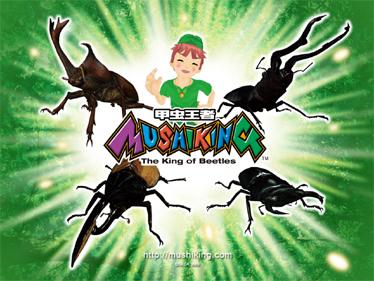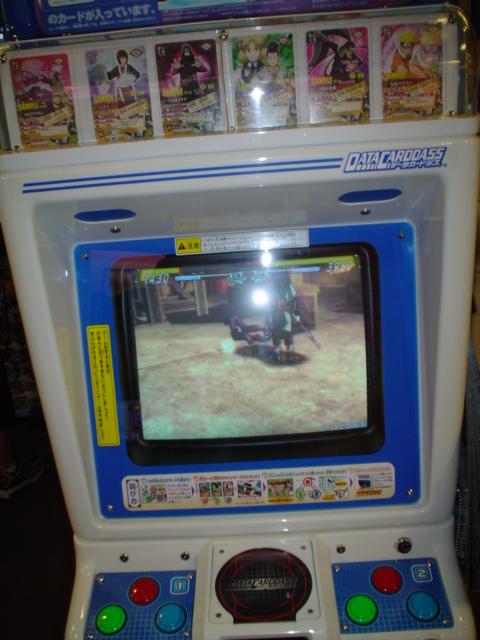Japanese Arcades
Japanese culture has become more and more popular in the West, and a lot of this can be attributed to the video games that have been imported from Japan. Because of improvements in technology and accessibility, the video game market is not just limited to groups of geeks in their local arcades anymore. Now, these games are played by casual gamers as well as hardcore ones, worldwide. However, even with American companies like Microsoft becoming more prominent in the gaming industry, Japan still is two steps ahead. Even in its arcades, we see more creative and innovative games than typical to other parts of the world.

One of the most impressive arcades I visited in Japan was called Color World. Inside, it is as every arcade should be, loud with brightly colored lights and games begging to be played. However, it is much larger than any arcade I've seen in America, and covers more than just your average fighting game.

First, the games are highly interactive, and reminiscent of what Nintendo is trying to do with the Wii. The games really appeal to all audiences. For example, the first game I spotted when I entered was a Japanese drumming game, played on large plastic taiko. It takes the idea of Donkey Konga(?) and makes it an arcade game. There are two sets of drumsticks and two drums. This lets you hit two drums or play with two people. While hitting something with your hands is no different than pressing a button, playing with actual drumsticks makes it much more enjoyable.

Not only that, but rather than having a single machine of each game that gathers a line, there is usually a row of the same machine. There were at least five of these drumming games right next to each other, meaning no one had to wait for a chance to play.
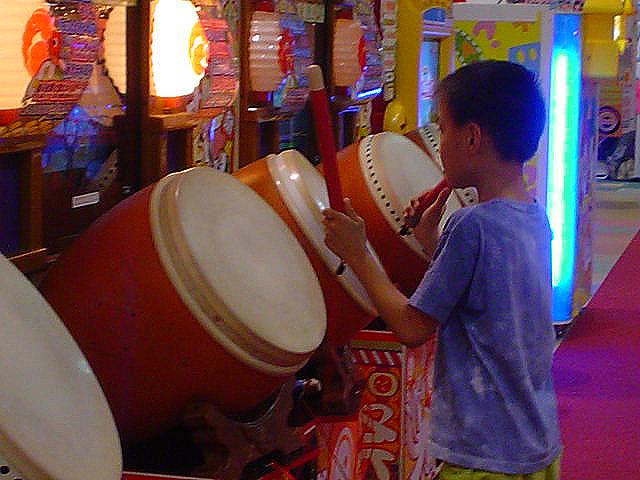
Other instrumental spin-offs of Dance Dance Revolution included GuitarFreaks and DrumMania, both in their second versions. Guitar Freaks gave two players rather heavy guitars made of plastic and metal. It operated by pressing three buttons at the top and a sort of hinged switch on the body of the guitar. The game instructed players to press the three buttons in certain combinations while strumming the switch back and forth as instructed. This game brings electric guitars down to the very basics, but is remarkable nonetheless in details, inclusive of a guitar strap to use while playing.

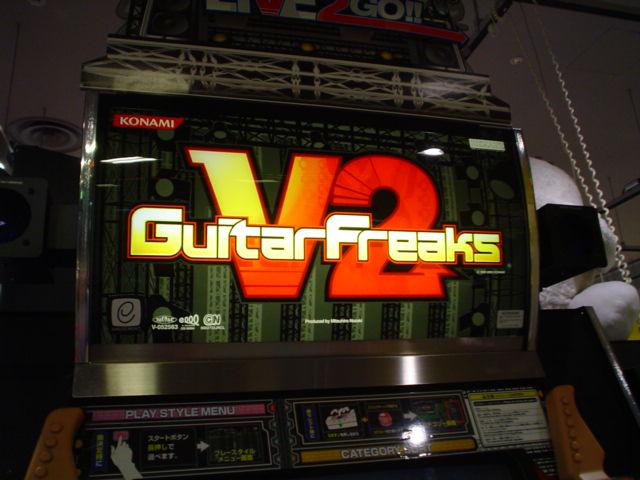
DrumMania is similar to the previous drumming game, but uses Western drums rather than Japanese ones. You play with two wooden drumsticks, and there are even cymbals that you can hit. The pads actually light up as you play.

And no arcade is complete without racecar games. It is now a common thing in any arcade to be able to sit down in a race car-type chair and turn a steering wheel while watching a screen. Even I have the PS2 steering wheel controller at home; it even comes with a brake and gas pedal. However, in Japan, they take it a couple steps further, not in technology, but ingenuity.
First of all, rather than playing MarioKart on a DS with a WiFi connection, why not just race with the guy sitting next to you? Color World had several MarioKart cars that let you play against the computer, or someone else in the arcade. MarioKart is easily one of the most entertaining multiplayer racing games, so it only makes sense to have an arcade version.

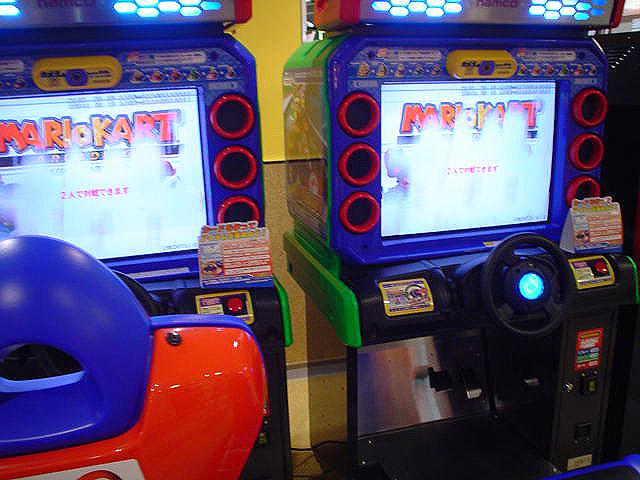
But it's not only cars that you can race. The Tokyo Bus racing game lets you play as a bus driver in the streets of Tokyo. This may sound routine and boring, but have you ever been to Tokyo? Turning sharp corners, avoiding pedestrians, and racing other cars is not far from reality. You even get to have a special bus steering wheel and car to sit in, and no one charges you for the collateral damage you cause.

Other than buses and karts, there are other modes of transportation available to even younger kids. Two Doraemon games let you travel the magic world and have crazy, non-acid related adventures. In the first, you sit in a little Doraemon train that moves back and forth, the ultimate fun for anyone under four years of age. In the second, you climb into a huge Doraemon figure and sit behind a tiny steering wheel and turn it to avoid dangers on the little screen.
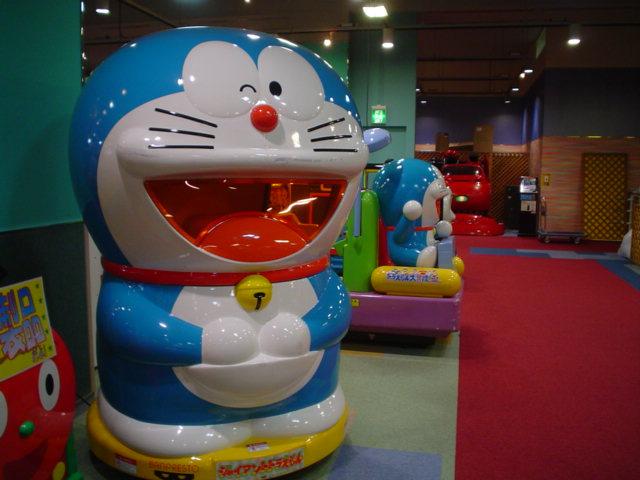
Virtual reality is also available in Japanese arcades. There are two red pods with two seats each. They have an over-the-shoulder contraption that locks you in like on roller-coasters. The difference is, visors come over your eyes and display a virtual screen. Then the pod moves depending on what sort of ride you select. But it certainly doesn't move enough to warrant such a seat-belt. So why does it have these cumbersome straps? To increase the realism of virtual roller-coasters and ferris wheels.

Japanese even has a game to test your strength. Rather than arm-wrestle a mustachioed statue of a man, it involves lifting a heavy padlock and chain.

Not only are there conventional arcade-style games, but there are some computer games too. There is a typing Lupin III game which provides two keyboards for two player games.
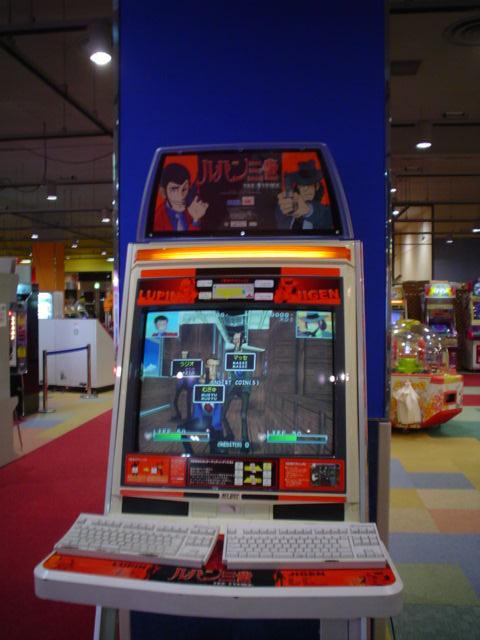
Finally, there are some games which are especially innovative. One is a tennis game, which reminds me of what Nintendo is trying to do with the Wii. However, the tennis racket is just a piece of plastic on a string; it is not the movements of the racket that determine your score. Instead, you stand in front of a large sensor board, and do as it says, “Swing your arms.” On the sensor, there is a large sign that says “Don't ride!”

One very interesting game is based around the idea of walking your dog. There is a dog leash for you to grab a hold of, and a treadmill on which you stand. Then, as the dog runs around chasing things, you have to run to keep up with it. It's the perfect workout for virtual dog lovers.
Also, though frequently seen elsewhere, there is a miniature bowling game. Pins are lowered down on strings, and a small, light, plastic black ball is thrown at them.
There is even a balancing game. It involves a skateboard-like board on an axle, and users have to try to stand perfectly balanced on top of it.

Some of the most popular areas of the arcade have nothing to do with games. Photo-sticker booths are very popular in Japan, and there is an entire section dedicated to them in Color World.

There are also a lot of machines dispensing prizes in plastic balls, which are often seen in all sorts of shops. These machines cover entire walls and have rooms dedicated to them.

Prize machines are also popular in the arcade. Each machine has a different set of prizes. Some feature only electronics, with PSPs, DSs, televisions, and video games. A lot have different stuffed animal themes. There are even machines dedicated just to peculiar Rubik's Cubes.
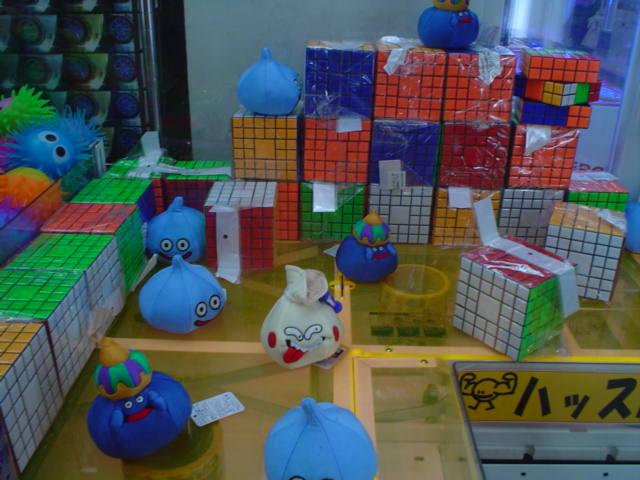
Also, there is a section for games that are not video or computer related, and various apparatuses. This includes a half dozen air hockey tables, foozeball, foot massagers, and foot/palm readers. The most frustrating thing for me about these sorts of games is that I can't play them by myself. But they have come up with a solution for this! A Japanese guy in a suit stands around and plays anyone that needs an opponent in air hockey. How handy!
Of course, younger kids are not left out either. There is a kid's area that costs 500 yen to enter. On one side, a classic ball pen and jungle gym. On the other side, lines of toy guns fire plastic balls at kids as they run around. Also for kids, aside from the Doraemon related rides, there are Pokemon and Whack-a-Mole-type games.



So why are you boring us, and what does this have to do with RPGs?
I'm glad you asked. Role-playing games show up in arcades, but in a way that differs from console RPGs. Instead of controllers, the most popular games are played with cards. Hardc0re fans and gamers will buy a card deck, or even carry an entire card binder and scan them into the machine.
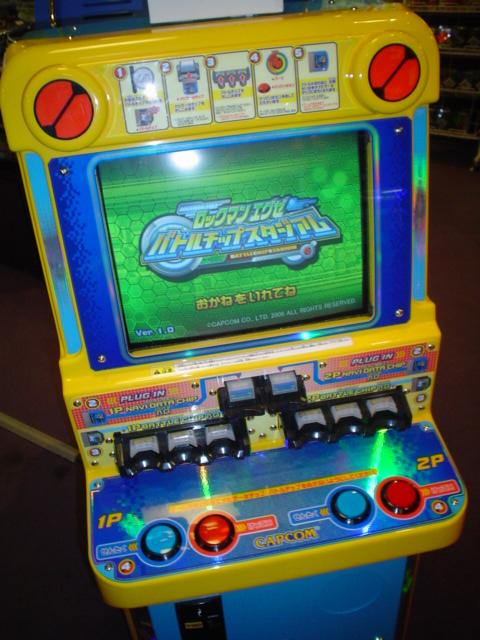
Most of these cards are battle monsters that you can use to fight wild monsters when your character enters a random battle. Monster cards will have HP and various stats on the card, and information is sent to the game machine with a barcode on the back. The most popular card RPG games are Digimon Battle Stadium, Rockman EXE Battle Chip Stadium, and Mushiking: Battle of the Beetles games.
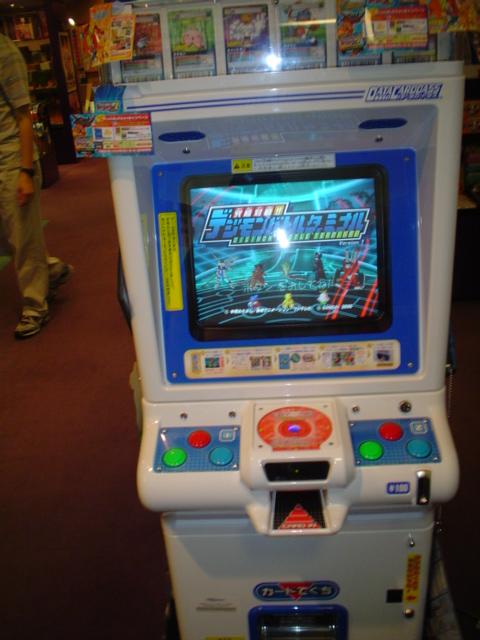
Mushiking is very popular in Japan, and also has a Gameboy Advance RPG title. Its story takes place in a forest. Popo, a fairy whose clothes are very Link-esque, tries to protect the forest with the help of the Mushiking and other beetles against the evil wizard Adder.
